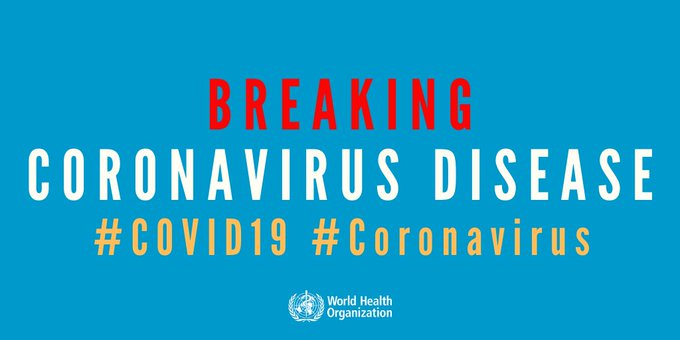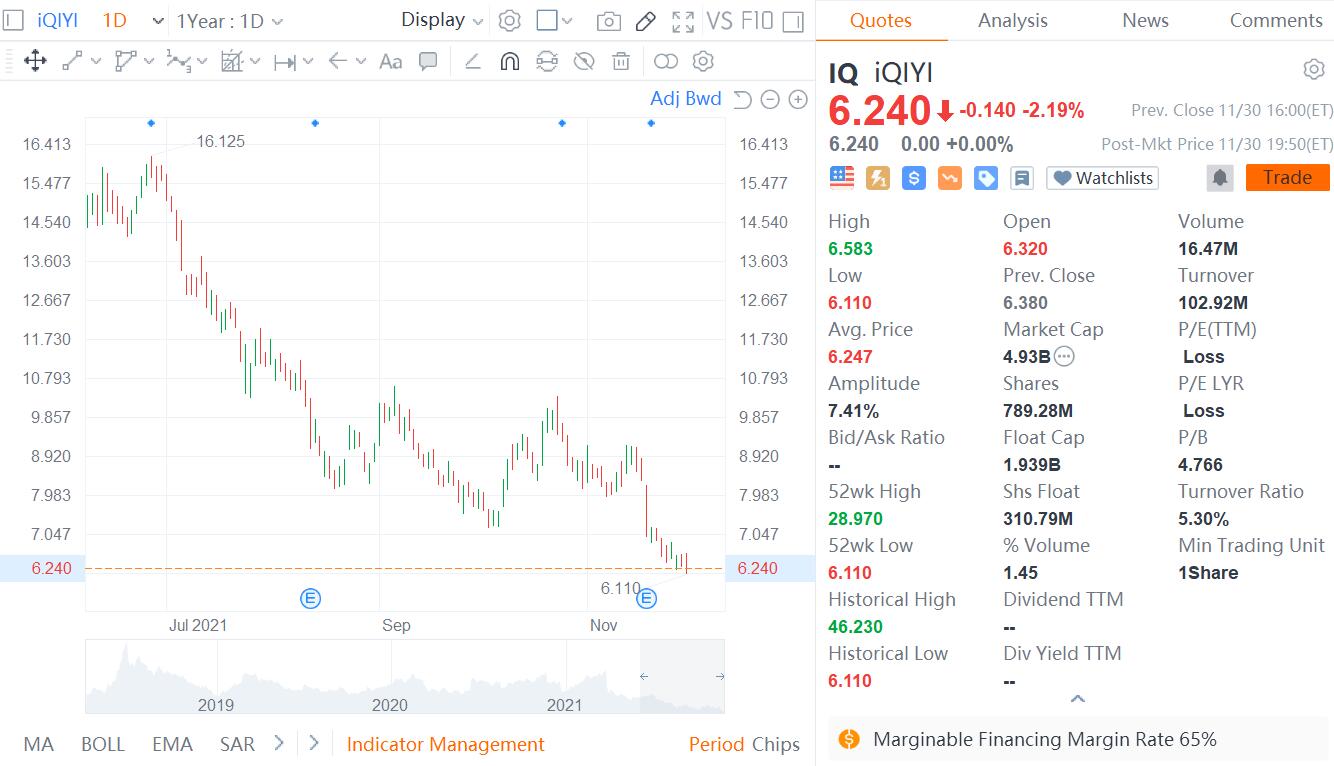
Just a decade later, the global "pandemic" once again comes to the human society.
Tedros Adhanom Ghebreyesus, Director-General of the WHO, announced three days ago that the outbreak of the new coronavirus pneumonia has become a "global pandemic." The last time it was officially defined by WHO as a pandemic was the 2009 outbreak of H1N1.
Looking further, you will find that the pandemic has always followed humankind and has never gone far.
In this protracted "fight", in addition to the disaster and death, the pandemic has given birth to modern public health and promoted modern scientific and technological progress.
Plague, cholera, smallpox, influenza, AIDS, Ebola, new coronavirus pneumonia ... we don't know what the next global pandemic will be. But what is certain is that the human struggle against infectious diseases is endless.
Plague and preliminary public health
In 2019, Beijing Chaoyang Hospital treated 2 patients with plague. Prior to this, plague had not been reported in China for several years.
Plague is also known as the Black Death. Three major plague pandemics have been recorded in human history, causing a total of nearly 170 million deaths.
The earliest exact record of the plague was the Justinian Plague that occurred in the 6th century. It cost Constantinople a loss of 40% of its population and directly changed Eastern Roman history.
In the 14th century, plague swept across Europe and Asia again. In these chaos and panic, people gradually faded away the spiritual shackles of religion and began to realize the changes brought about by secular measures and medical advancement.
In 1377, the Republic of Ragusa on the east coast of Adriatic issued the rules for the management of seafarers, designating a place quite far from the city and the harbour as the landing site.
All persons suspected of being infected with plague must stay in fresh air and sunny environment for 30 days before being allowed to enter the country. Those who have contact with foreign tourists must also be quarantined, and the quarantine period has been extended to 40 days.
This measure also gave birth to the term “seaport quarantine”. In 1383, a special quarantine station was set up in Marseille, and this measure is still used worldwide.
The plague has also raged many times in China. In 1910, the plague had a very important impact on modern Chinese medicine, laid the foundation of China's public health, and initially established a modern Chinese epidemic prevention system.
The famous "returnee" and Chinese medical scientist Wu Liande played a key role in it.
Despite the quarantine system and public health measures, it was not until the late 19th century when bacteriology was established that humans really understood the cause of plague.
Plague is a severe infectious disease caused by Yersinia pestis, and streptomycin is the drug of choice for plague. Scientists have discovered that if antibacterial treatment can be performed within 24 hours of onset, the vast majority of patients can turn to safety.
Although solutions to the plague have been found, the incidence of plague has not decreased. From 2000 to 2009, 21,725 plague cases were reported in 16 countries worldwide, with 1,612 deaths (7.4% mortality rate).
Between 2010 and 2015, the World Health Organization (WHO) again reported 3248 cases of plague, of which 584 died.
Plague is essentially a zoonotic infectious disease. Although it has become an "over-star", it is still advisable to say: Marmot is poisonous and avoid contact.
Cholera and Exploration of Pathogen Biology
"Drink plenty of hot water." This is not a perfunctory word for a straight man, but a valuable experience that people in the world have gained from fighting with cholera.
A total of 7 cholera epidemics in history have been described as "one of the most terrible plagues that ever destroyed the earth."
The first recorded cholera started in 1817, started in India, spread to the Arab region, and then to Africa and the Mediterranean coast.
During the second pandemic in 1826, it reached Afghanistan and Russia and spread throughout Europe.
The third pandemic, the indomitable cholera virus drifted across the sea, reaching North America in 1832.
Cholera in the early nineteenth century lasted a century, spreading the entire world, and also claimed the lives of tens of millions of people.
Traditional epidemic prevention mechanisms have become ineffective in the face of cholera, and humans have begun to look for more effective means. This process has promoted the establishment of public health.
In 1854, British doctor Snow first suspected that cholera was caused by water. On his advice, a well in a British street was closed, and cholera stopped.
This phenomenon has also made the government determined to promote public health and improve drinking water systems and water quality.
In China, in order to prevent the outbreak of cholera in the early 1930s, the National Government launched a new life campaign that lasted 15 years.
This sport also gave birth to the landmark health habit that has been passed down to the Chinese people today-drinking boiling water, not drinking raw water directly.
Due to the development of pathogenic biology, the famous German scientist Koch discovered Vibrio cholerae in Egypt in 1883, which completely overturned the dominance of the theory of qi. His findings also paved the way for water purification and sewage treatment research.
In the struggle between humans and cholera, pathogen research has advanced by leaps and bounds, which has promoted health legislation and also led to the establishment of the World Health Organization in 1948.
Eliminated smallpox and immunization
In the battle between humans and infectious diseases, only one disease has been eliminated so far, and that is smallpox. In 1977, the last naturally occurring smallpox was cured in Somalia.
In 1980, the World Health Organization announced that smallpox had been eradicated worldwide.
As an ancient disease, smallpox has long been a barrier for children to survive.
No matter whether they are rich or poor, they are equal before smallpox. If you survive smallpox, you will be immune for life.
Although the plague was almost gone when the Qing dynasty entered the customs, it never occurred to him that Manchuria had not escaped the small monster's claw.
Since Emperor Shunzhi died of smallpox, and he "escaped", Emperor Kangxi attached great importance to the prevention of acne.
This also prompted him to make up his mind to promote vaccination. Although this technique works from time to time, it has contributed to the prevention of smallpox.
Immediately afterwards, the vaccination technique spread overseas. In 1744, Hangzhou Li Renshan transmitted the vaccination method to Japan, and it was used before the vaccinia method was introduced in 1840. The human pox vaccination method was also transmitted to the American continent in the mid-18th century.
With the advancement of technology, vaccinia vaccines have been produced in the UK. Although the beginning of vaccination has also been criticized by many conservatives, its effectiveness is unquestionable.
Subsequently, vaccinia vaccines were widely vaccinated worldwide, eventually eliminating smallpox.
From the prevention of smallpox, humans have discovered their own immune system diseases and thus established immunology.
And this "pox" immunization method has become a powerful weapon for humans to fight against infectious diseases.
Influenza: a diehard who has long coexisted with humans
Who has never had a cold? But the flu is different from the common cold. Since the outbreak of the Spanish flu in 1918, the flu has coexisted with humans and has never disappeared for more than a century.
This big flu is a great conflict between nature and modern science, and a great confrontation between human society and natural forces.
In the spring of 1918, the Spanish flu first occurred in a military camp in the United States and began as a common cold with a low mortality rate. Due to World War I, the virus quickly spread to the world with soldiers.
Immediately afterwards, the second wave of influenza occurred in the fall of 1918, with a particularly high mortality rate among young adults aged 20 to 35.
Spanish flu has claimed 25 to 40 million lives in about six months, more than the number of World War I deaths that lasted 52 months.
The Spanish flu also became one of the reasons for the early end of World War I, as countries no longer had extra troops to fight.
The Spanish flu has written a heavy foray into the history of the epidemic. But weirdly, it completely disappeared within 18 months, and its diseased strain was never really identified.
It was not until 1933 that British scientist Smith Andenwes isolated the virus from humans for the first time and named it H1N1.
After 100 years of research, scientists have identified three basic influenza viruses that can infect humans, which are divided into influenza A, B, and C.
H1N1, which was defined by the WHO as a global pandemic in 2009, is a variant of the influenza A virus. As of June 11, 2010, influenza A H1N1 has killed 18,156 people worldwide.
In retrospect, the struggle of humans against infectious diseases has never stopped. When the ancient epidemic was contained, new infectious diseases such as AIDS, Ebola and SARS began to spread.
In the era of globalization, human society's connections and contacts have never been as close as they are now, and the risks of a global pandemic are more complex than ever.
No one is immune from the epidemic. Living in the Global Village together, we can only do it together to overcome the difficulties.
Special Report: Fighting The New Coronavirus









